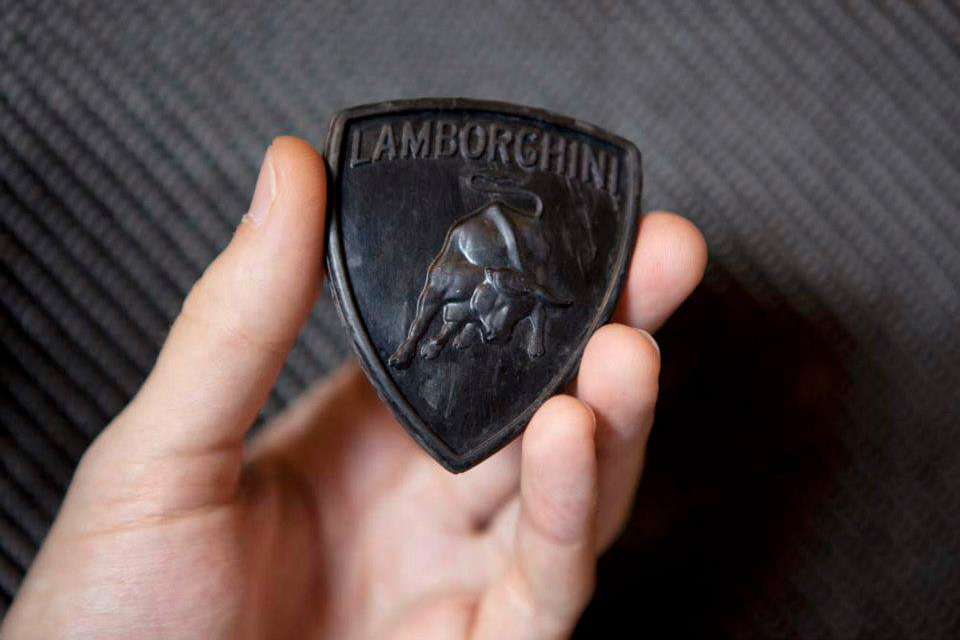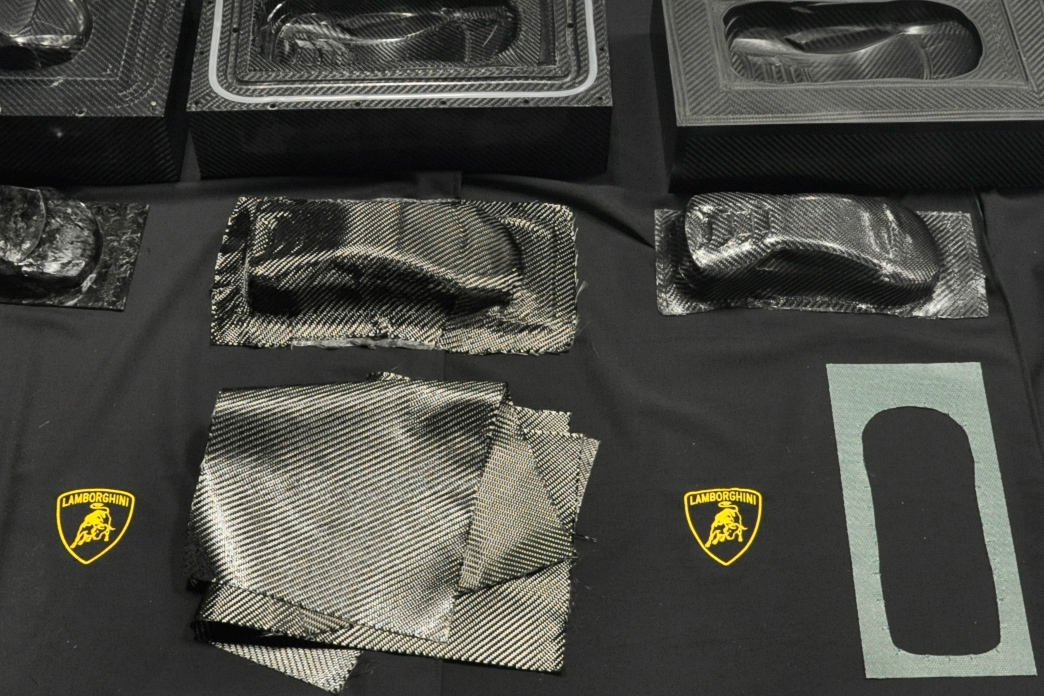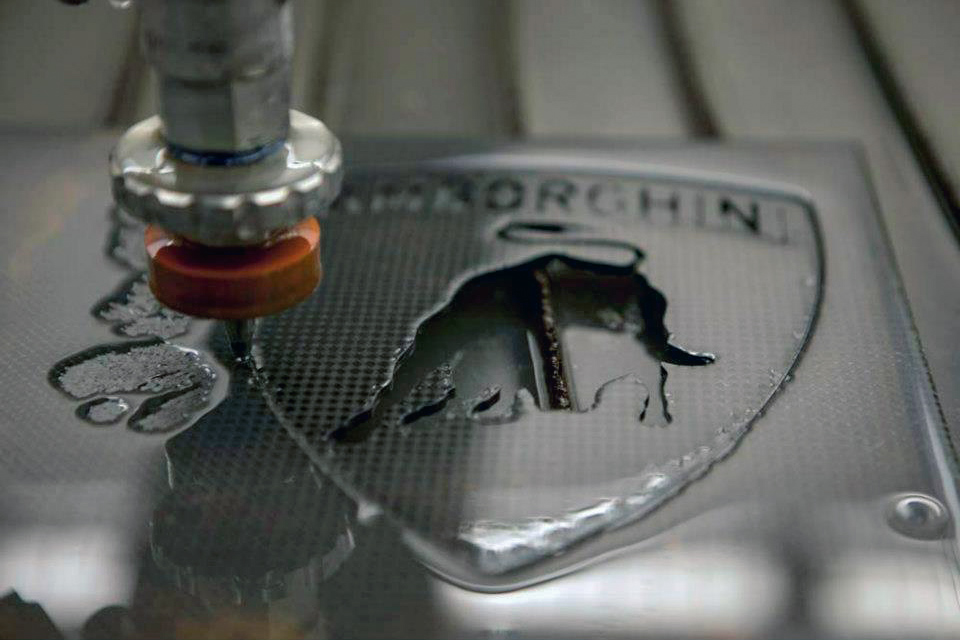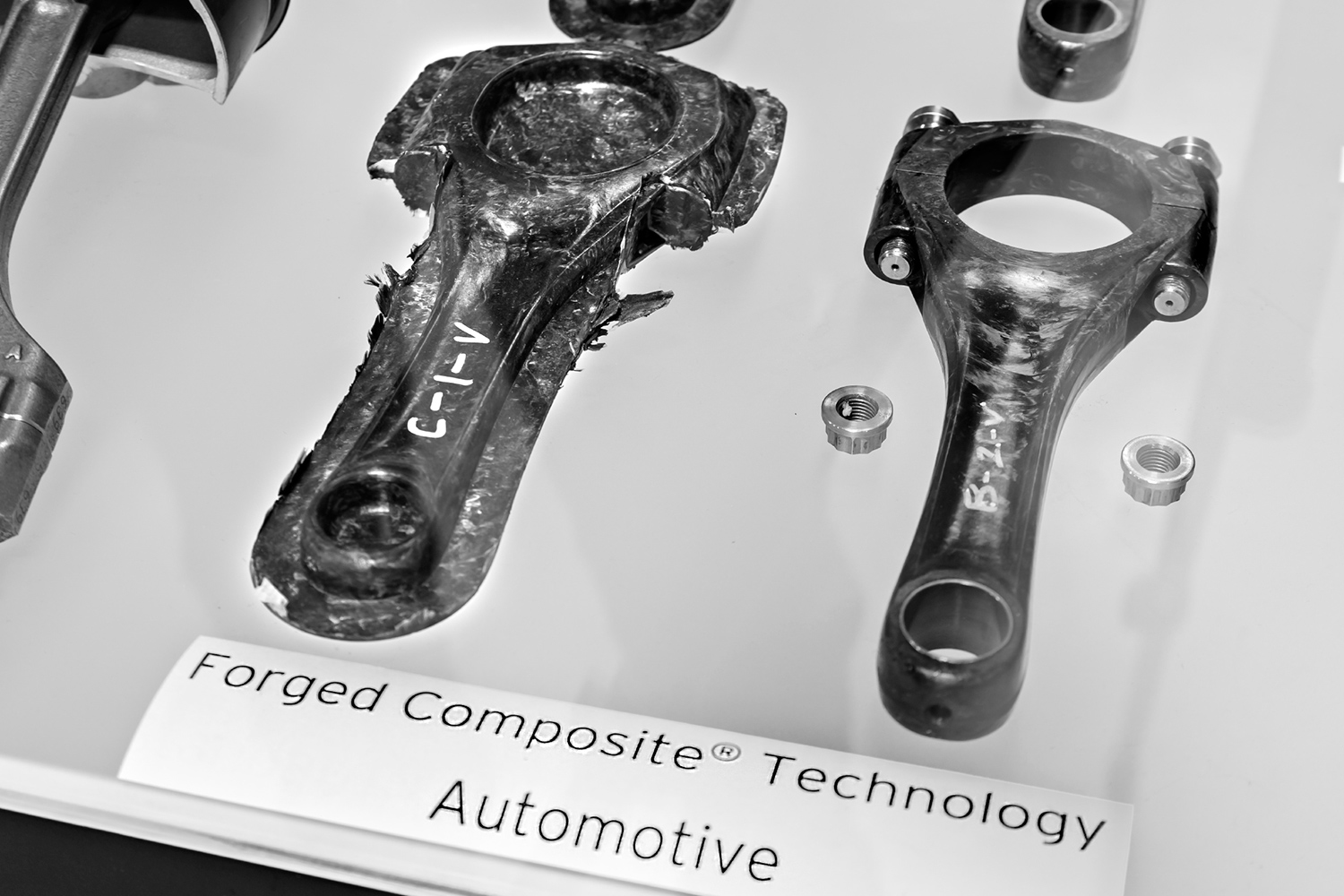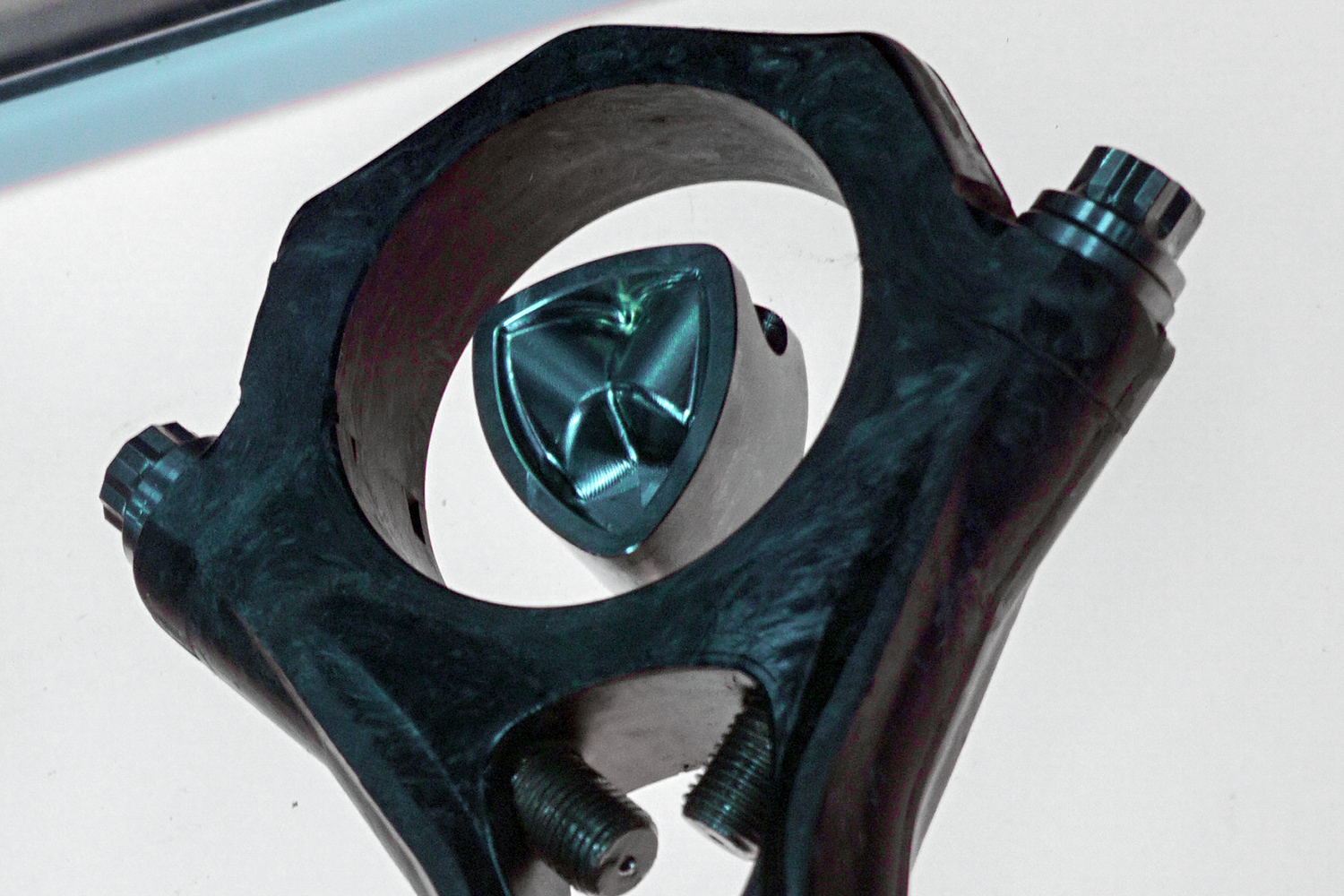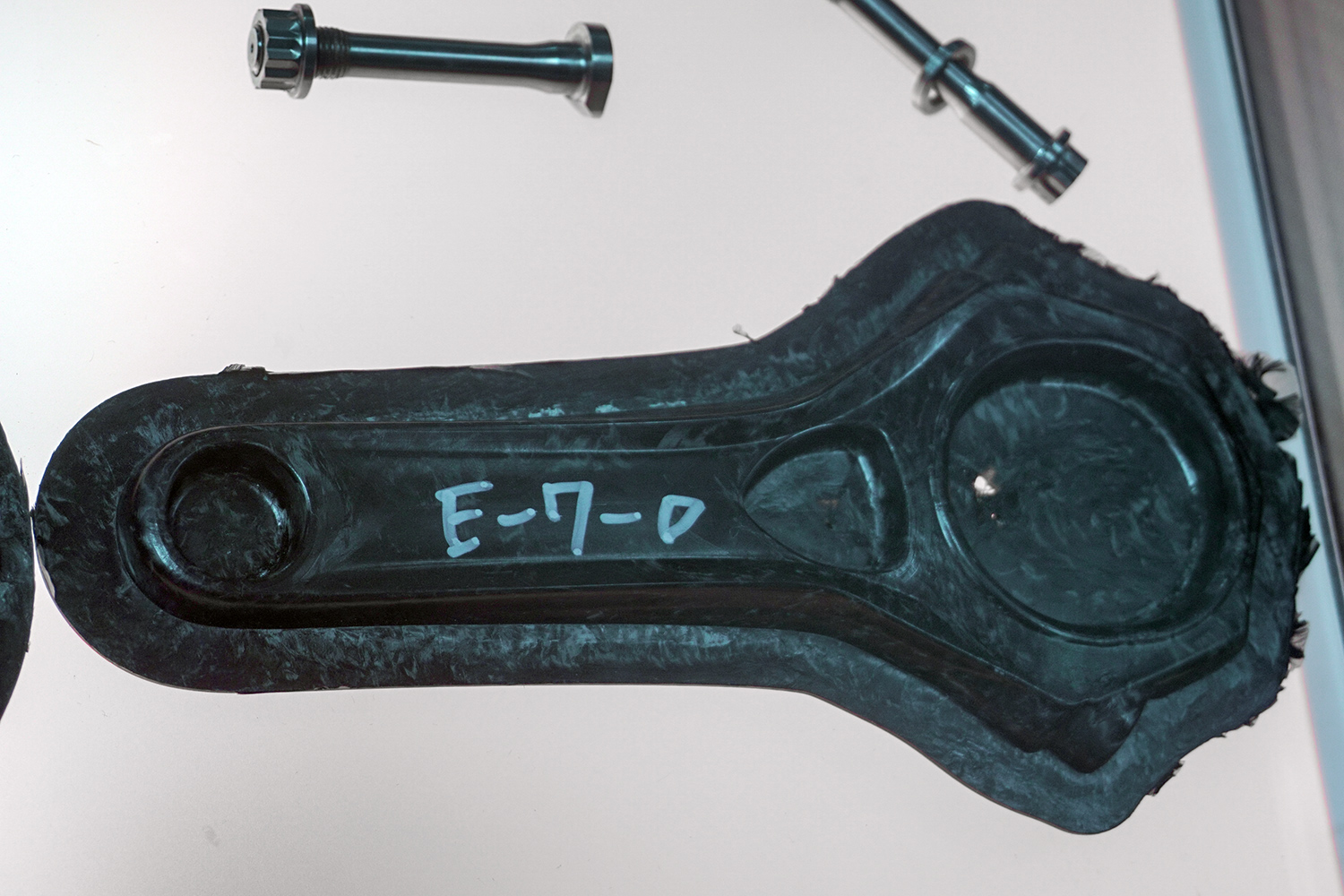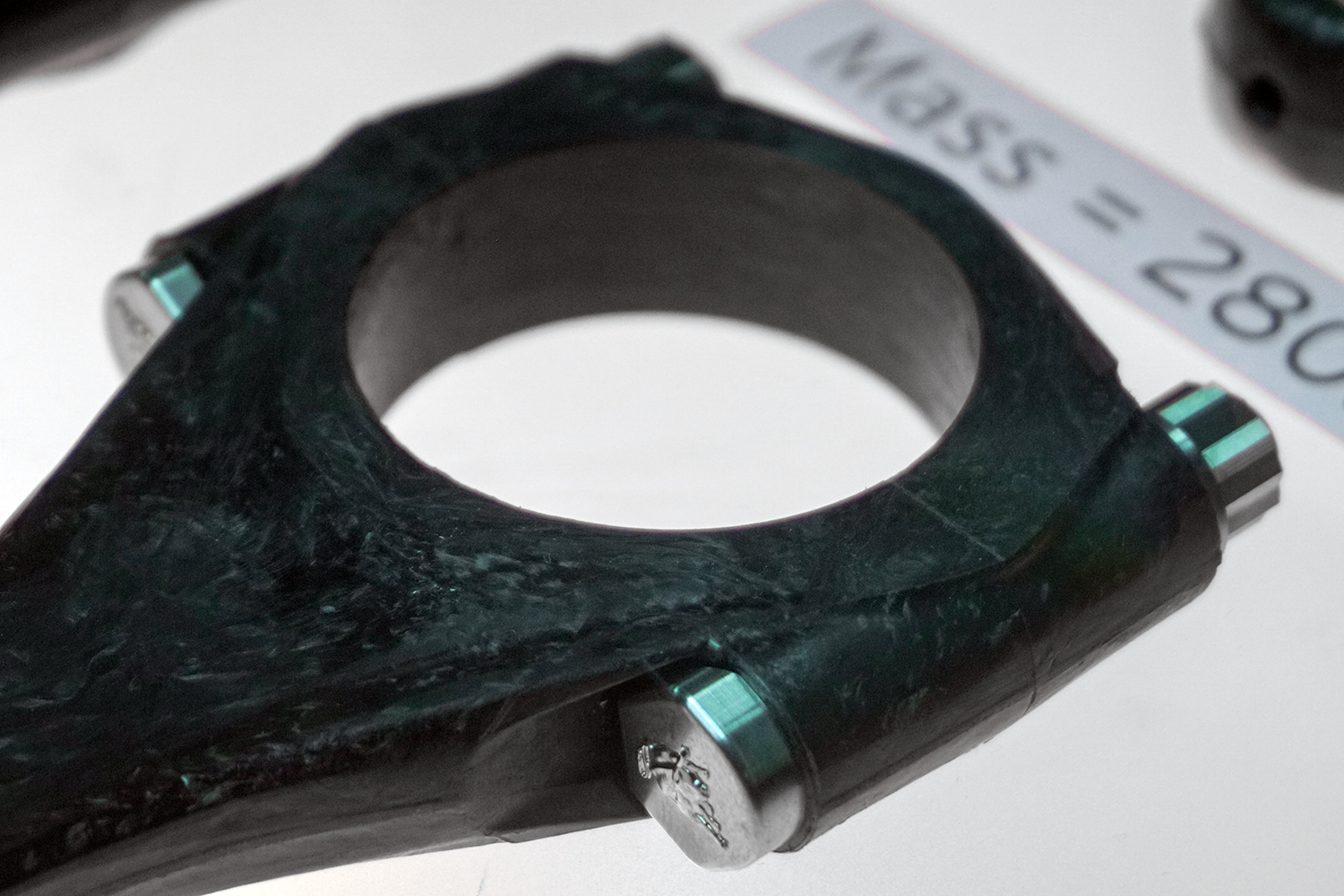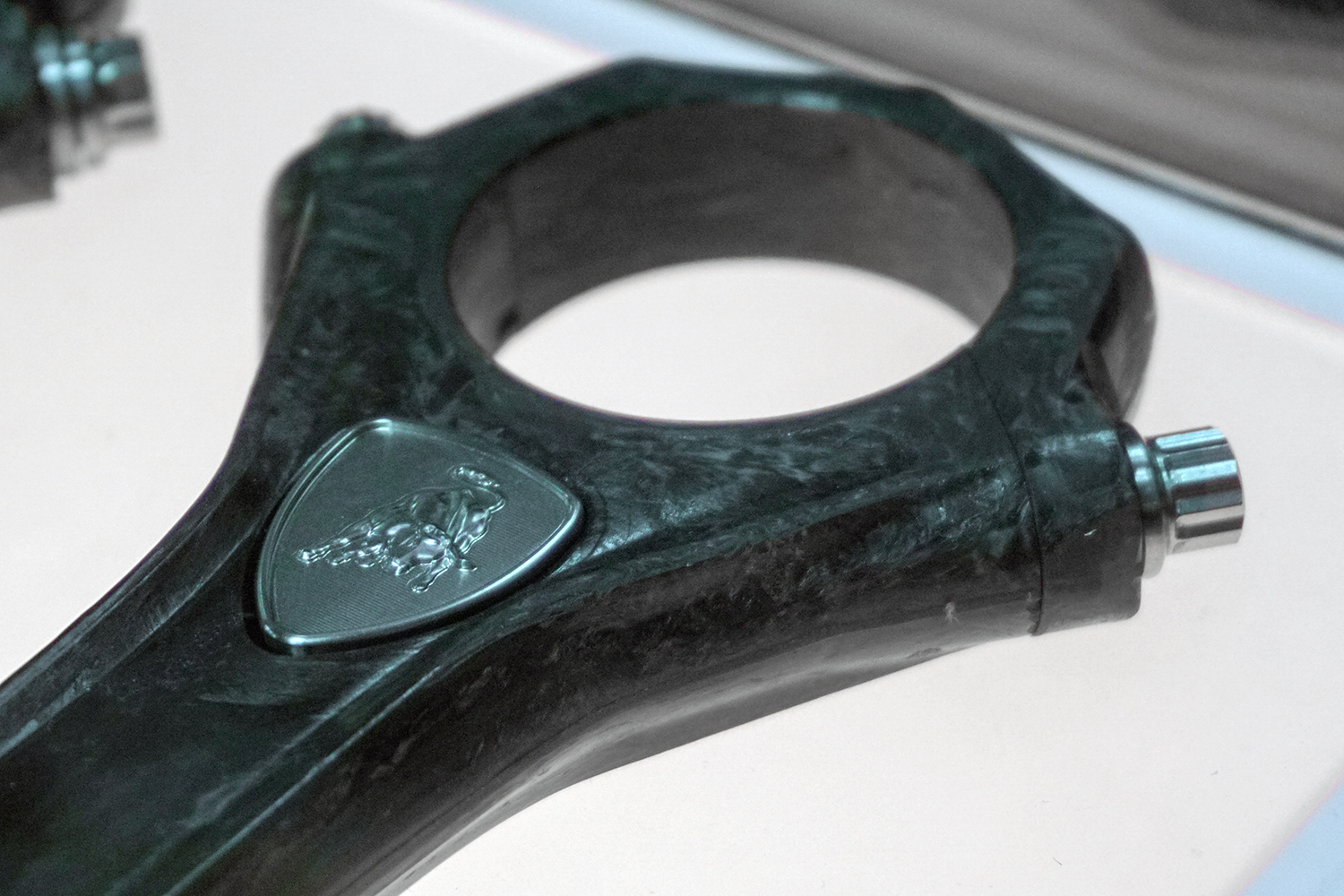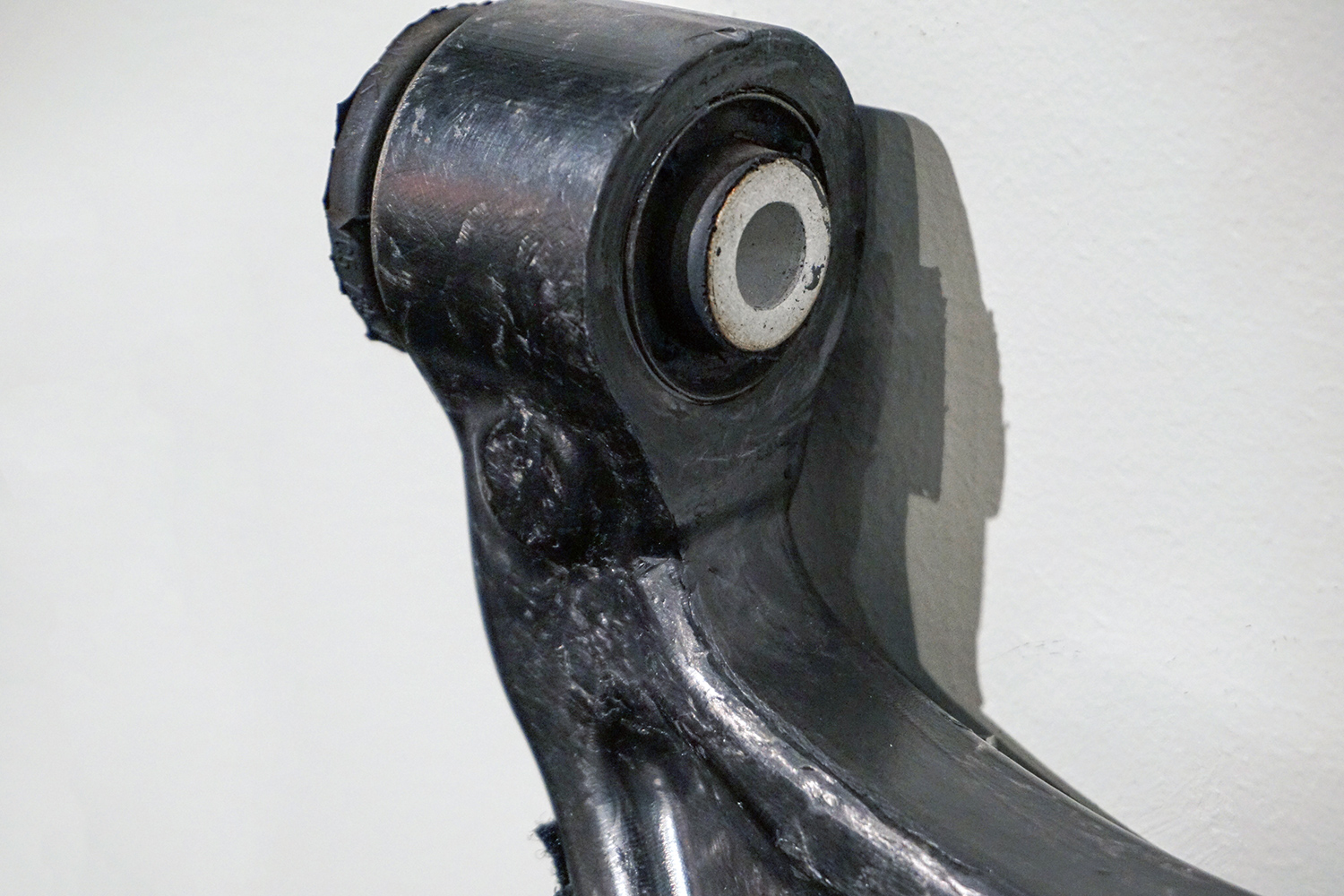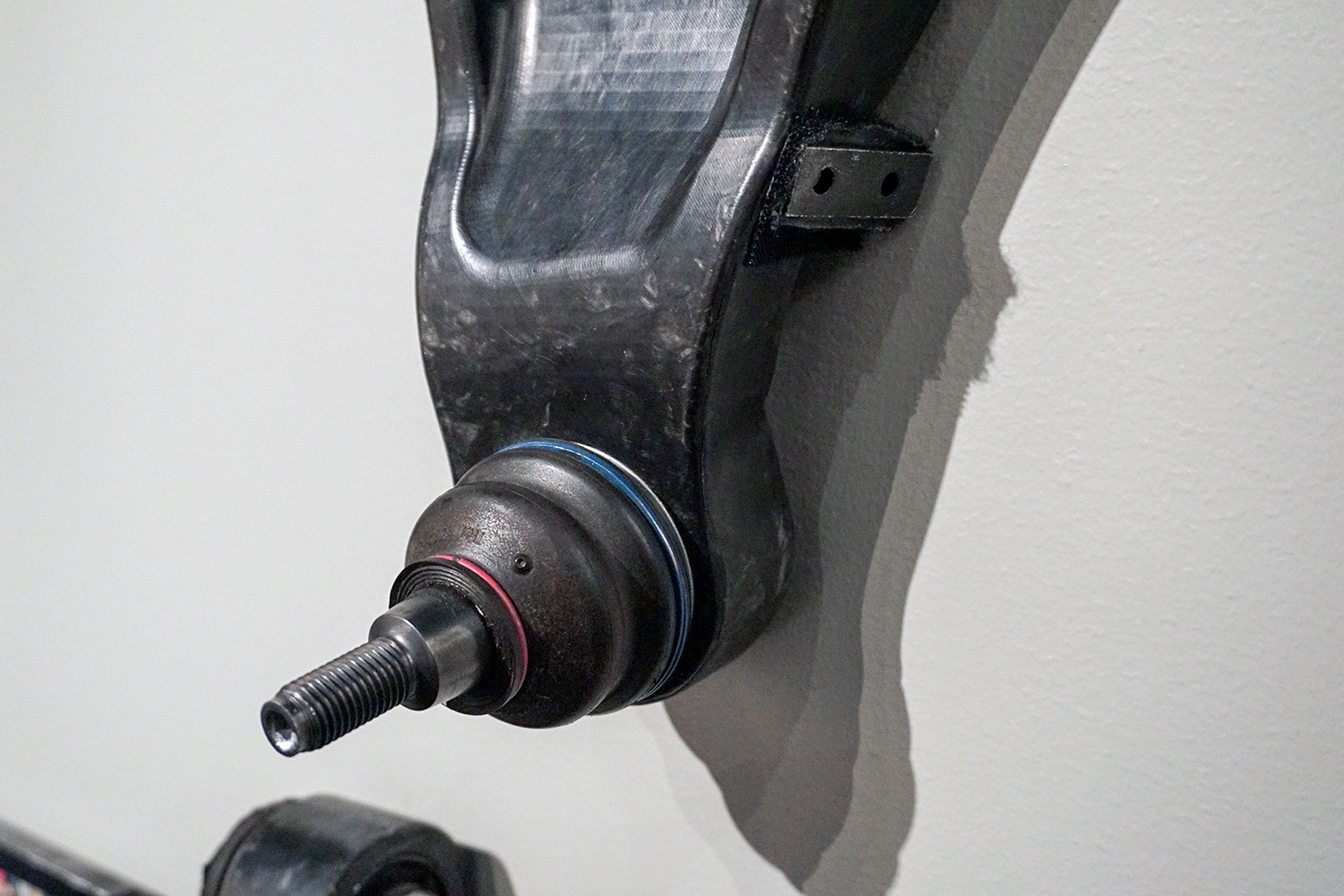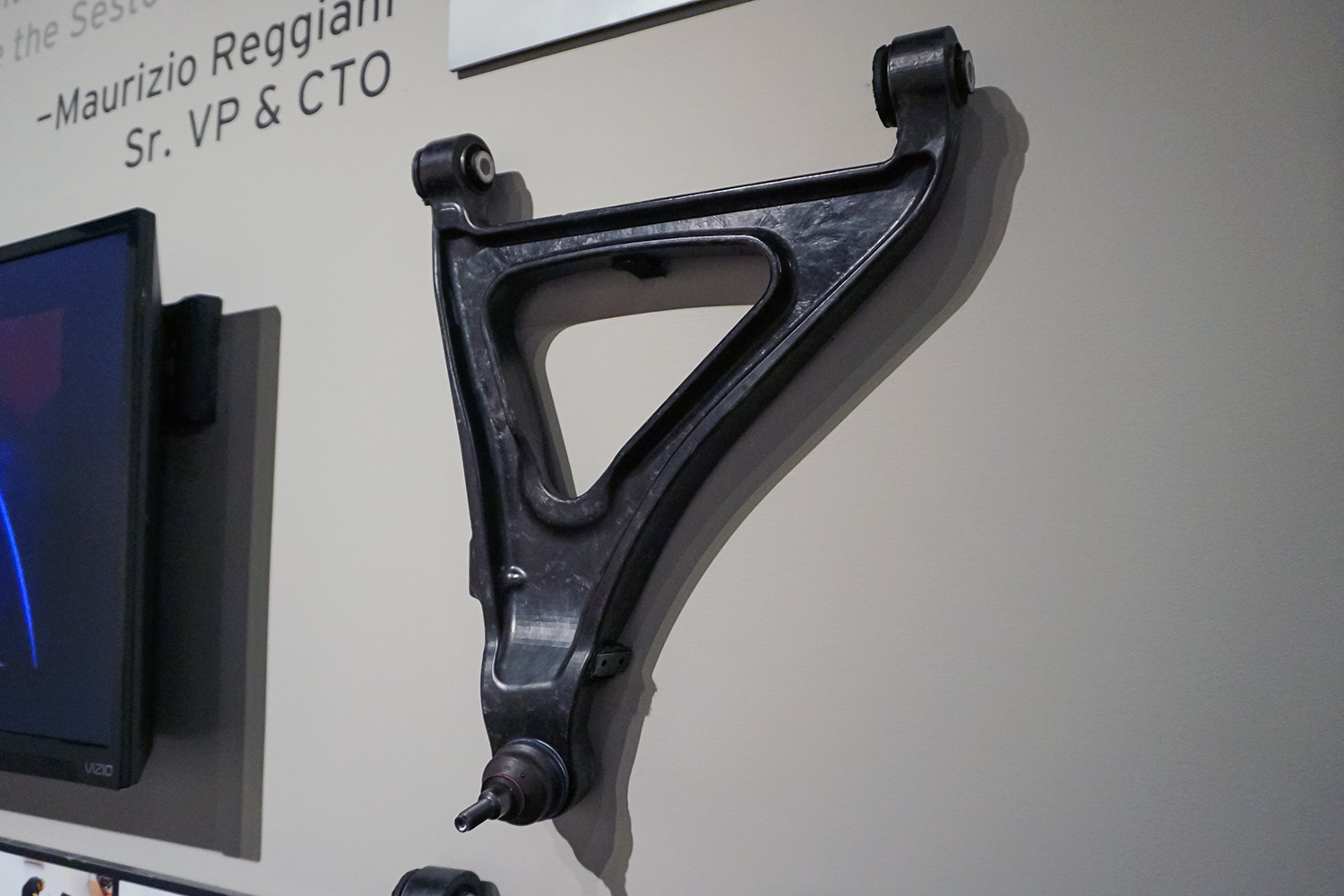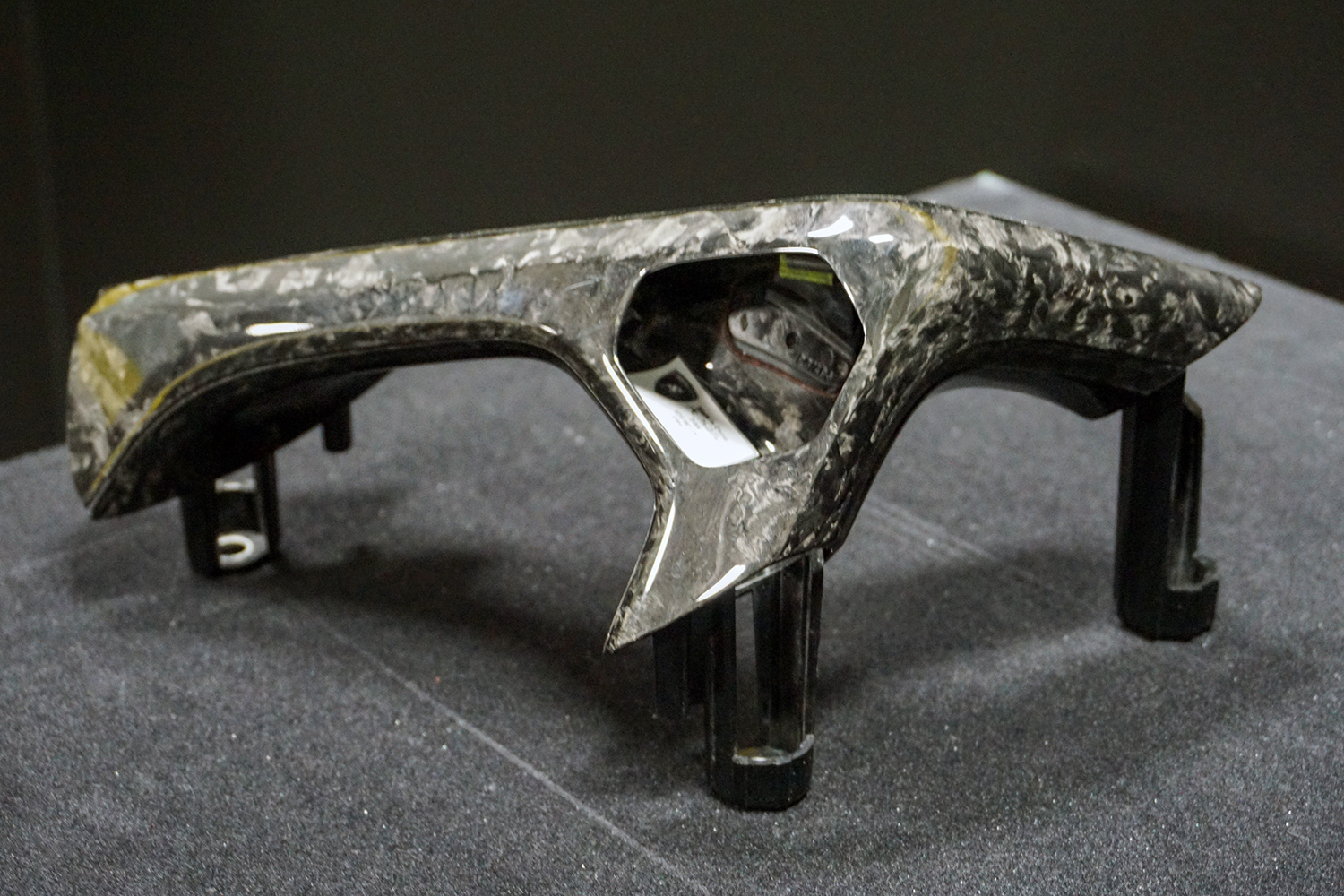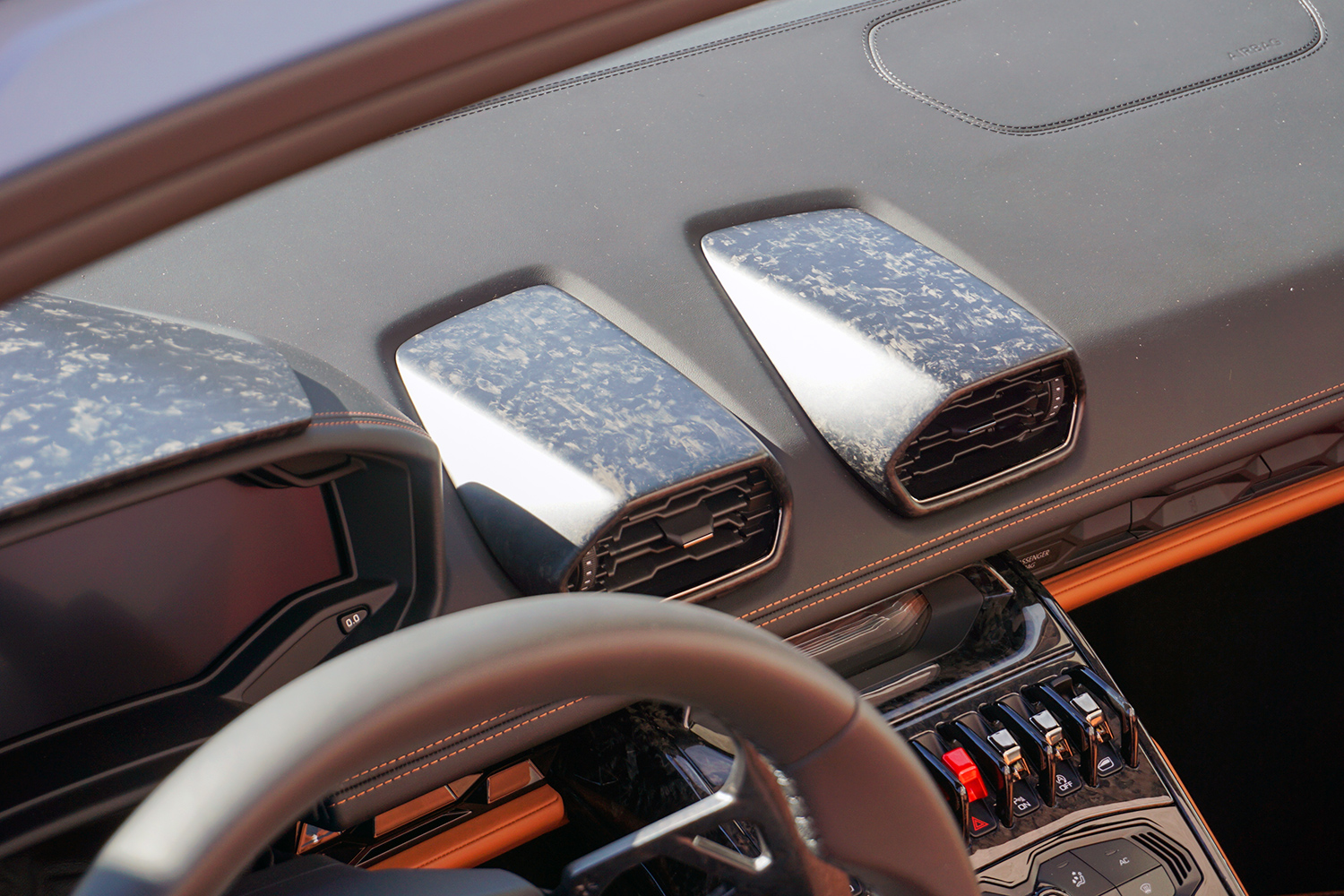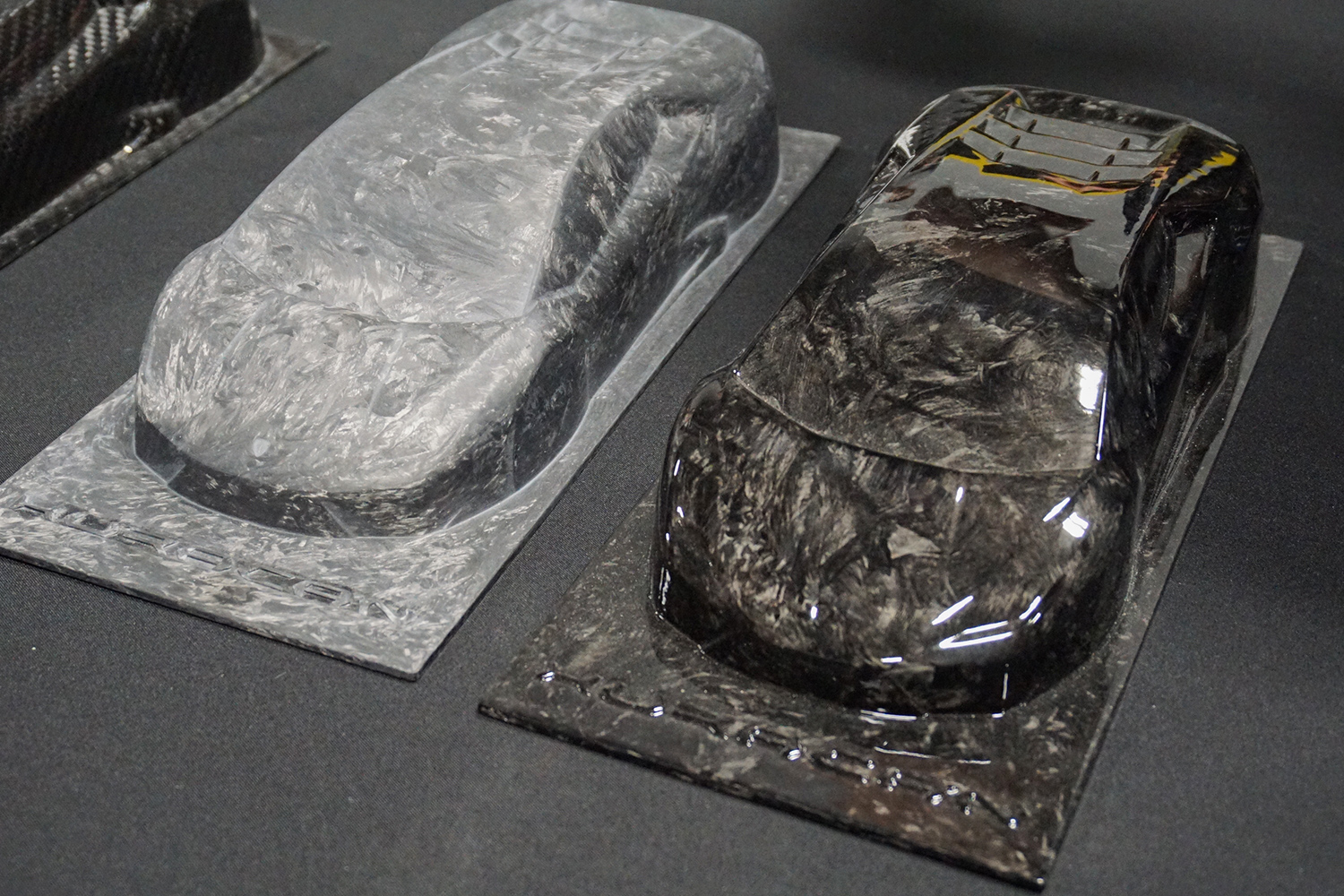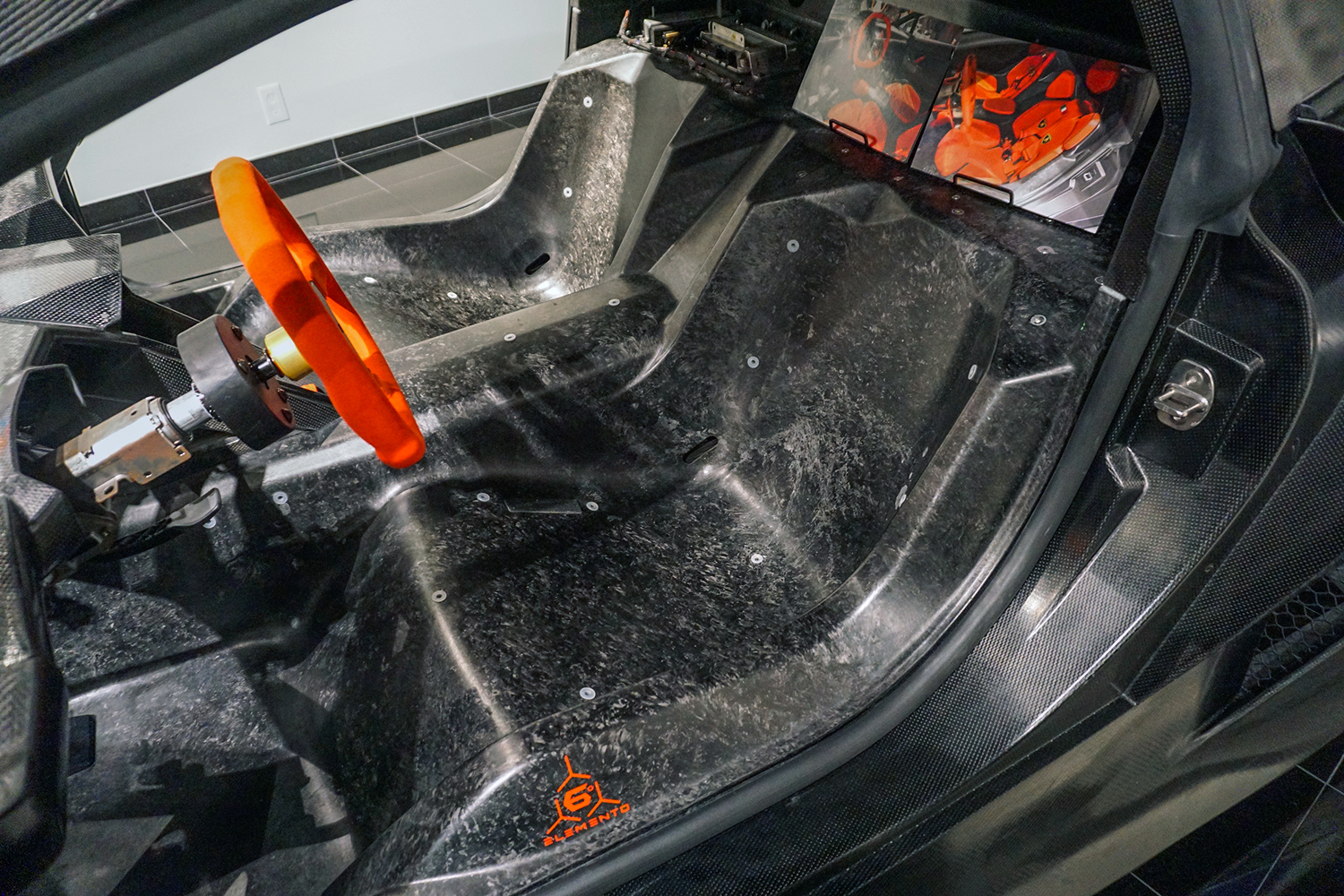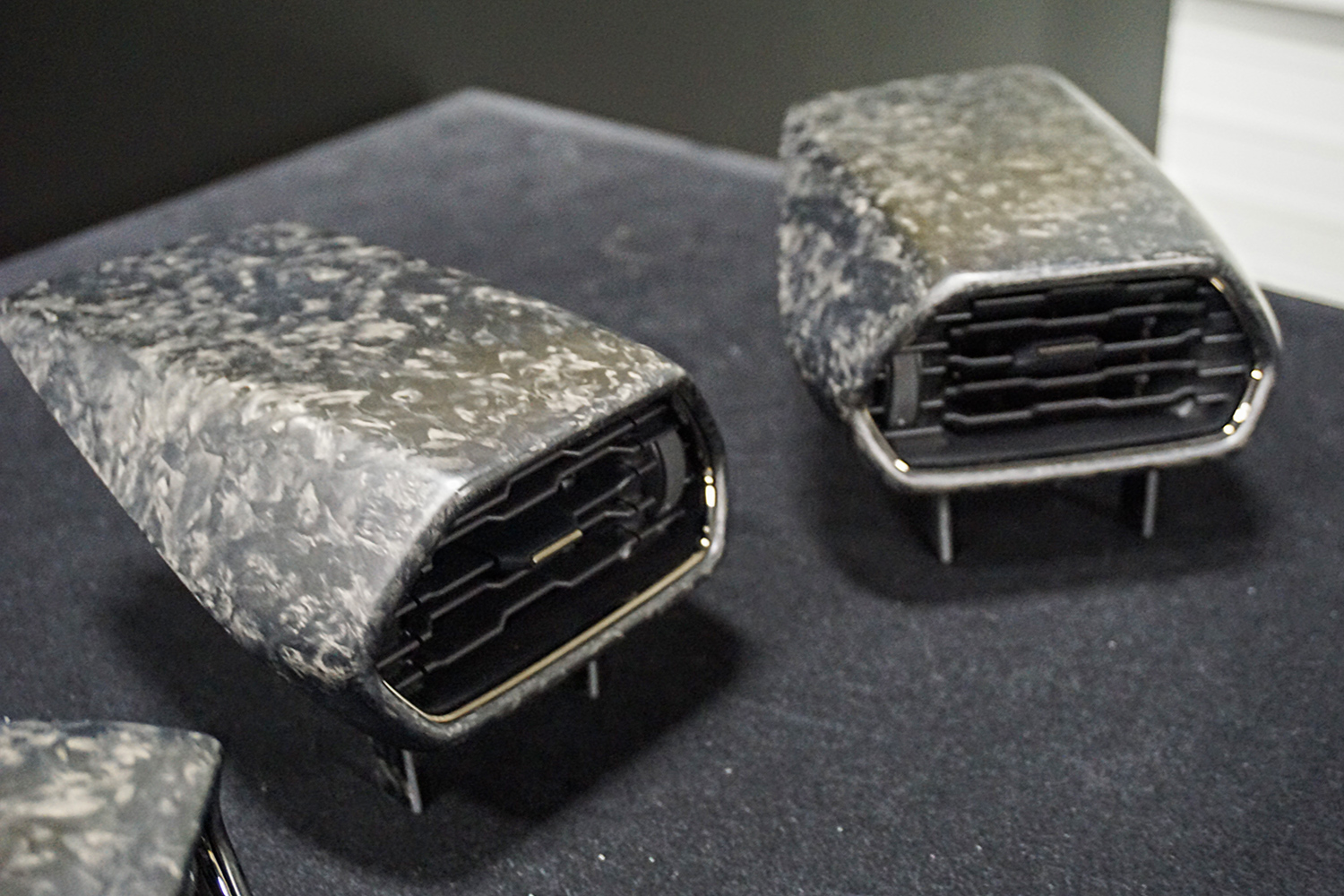As an exotic car manufacturer, Lamborghini is accustomed to building small numbers of extremely expensive and advanced supercars. It’s part of what makes Lamborghinis cool – you don’t see them every day.
So it’s understandable if you think that Lamborghinis are great, but not particularly relevant to your daily life. That’s only partly true, however. Lamborghini was a pioneer in developing carbon fiber as a construction material for automobiles. Anyone can make a trim piece or even a trunk lid out of carbon fiber, but it takes quite a bit more research and technique to build the car’s chassis from fiber.
But let’s be real: relevant or not, the chance to visit a Lamborghini facility and see how it achieves its results doesn’t come along every day. So when Digital Trends was offered an inside tour of Lamborghini’s new Advanced Composite Structures Laboratory in Seattle, Washington, we jumped at the chance. This is the facility where new composite technology is developed and tested before the factory at Sant’Agata Bolognese weaves the material into its next supercar. Lambo’s new CEO was there to welcome us, but the real stars of the show were the engineers who might actually change the world.
Early adopters and developers
Lamborghini committed to composite in 1983, after hiring several composite engineers from Boeing in Seattle with experience in carbon fiber and Kevlar fabrication used to build the Boeing 767 aircraft. The result was the 1983 Countach, built with a prototype carbon fiber monocoque chassis. Every Lamborghini produced since that time has used carbon fiber to some degree, and the general trend has been more and more fiber in every successive generation.
“Carbon fiber is a material that Lamborghini has a long history with. Starting with the Countach Quattrovalvole and continuing today, it is one of the most important keys to the success of our cars in the past, present and future,” said Stefano Domenicali, Automobili Lamborghini Chief Executive Officer.
The pro and con of carbon fiber
The reasons to use carbon fiber are obvious – it’s extremely light, offers good rigidity for its weight, it’s relatively easy to work with, you can shape it almost any way you like, and it looks fantastic. Carbon fiber has been formed into driveshafts, monocoque chassis tubs, body panels, and every trim piece you can name.
But there are some limitations, too. Carbon fiber is incredibly labor-intensive to form and cure. To make a roof panel or fender, technicians must cut several pieces of carbon fiber cloth according to a pattern, place the pieces in a mold, and then cover the lay-up with plastic sheeting and vacuum-seal it, before curing the part in an autoclave (a big oven.)
“With pre-preg, to get a shape requires us to cut all these shapes individually using an automated cutter,” explains Professor Paolo Feraboli, who left the University of Washington to work for Lamborghini. “Once these are cut, these are placed inside the mold using tools to press down and manually compact the material. Then we add all these separate patches because the material does not bend. So we have to shape it manually and it takes a lot of time. In order to achieve the right thickness, it has to be done multiple times.”
Changing the carbon fiber manufacturing process
Lamborghini’s innovation is a product and a process called Forged Composite. This material starts off as a sheet of uncured plastic that is mixed with short lengths of randomly placed carbon fiber strands. Unlike traditional pre-preg carbon fiber cloth, you don’t have to carefully cut this material and lay it out precisely in a mold. You just have to cut off the right mass and put the chunk into a hot press mold. You squeeze it, heat it and you’re done. The part that comes out of the mold is as light (or lighter) and as stiff (or stiffer) than a conventionally laid-up carbon fiber part, and you can produce it in minutes rather than hours.
You can now treat carbon fiber the way the automobile industry has treated steel, aluminum, and unreinforced plastic for decades.
This changes the rules of manufacturing because you can now treat carbon fiber the way the automobile industry (and every other manufacturing industry) has treated steel, aluminum, and unreinforced plastic for decades: You just stamp out the parts you need. As automakers look to the future of increased CAFE standards and lighter-weight vehicles, making parts out of carbon fiber without the extra labor expense is a killer app.
“By continuing to develop our patented forged composite materials, we are able to create a product that can enhance Lamborghini super sports cars in both their performance and their appearance,” said Maurizio Reggiani, Director of R&D for Lamborghini. “The ability to leverage this kind of lightweight material gives Lamborghini an advantage that will benefit our cars – as well as production process – in the future.”
Forged composite technology made its debut in 2010 in the short run of Lamborghini’s Sesto Elemento supercar, in which the material was used for several structural elements. Since that time, Lamborghini has continued to refine the process and the material, and now uses it for a variety of chassis, body, and trim pieces. About the only downside of forged composite is that you don’t get that racy-looking woven carbon fiber surface, but the forged surface has its own look that is, in its way, just as good.
Forged composite gets even better
Forged composite is great for making lightweight body and chassis components, but Lamborghini’s not even remotely done with this technology. Because you’re dealing with a soft mass of reinforced plastic that can be pressed into any shape and also has excellent strength-to-weight characteristics, new applications can be developed.
To begin with, Lamborghini’s Sesto Elemento used forged composite to create suspension control arms that are lighter and stronger than cast or forged parts. This will help reduce unsprung weight and overall weight in Lamborghini cars, while maintaining precise suspension geometry. The composite control arms weigh 30 percent less than the corresponding aluminum arms – saving 4.92 kg (10.8 pounds) in the final weight of the vehicle. The cost of producing the composite control arms was about the same as the aluminum counterparts, because the composite pieces could be completed in just under one hour from raw material to finished parts.
Altogether, the Sesto Elemento project reduced total vehicle weight by 25 percent through the use of forged composite. That number stands to go higher as new applications are found. Among the latest developments under consideration are forged composite connecting rods inside the engine. By reducing the rotating mass, an engine can spin up more easily and will sacrifice less power to internal drag.
“What makes the car go is the engine, everything else is just weight,” Feraboli says. “So the challenge was to develop a carbon fiber connecting rod. “The steel rod has a mass of half a kilogram, and the fiber rods will be about half that. Because the material is so different from steel, we had to change the way we fasten it. So the bolts are diagonal and thread into a central lug. There’s a bull on there because we always try to make things beautiful.”
For the moment, forged composite technology is limited to Lamborghini, but the process will shortly make its way into other products. Within a few years, using steel or aluminum to make a car could well be a thing of the past.
